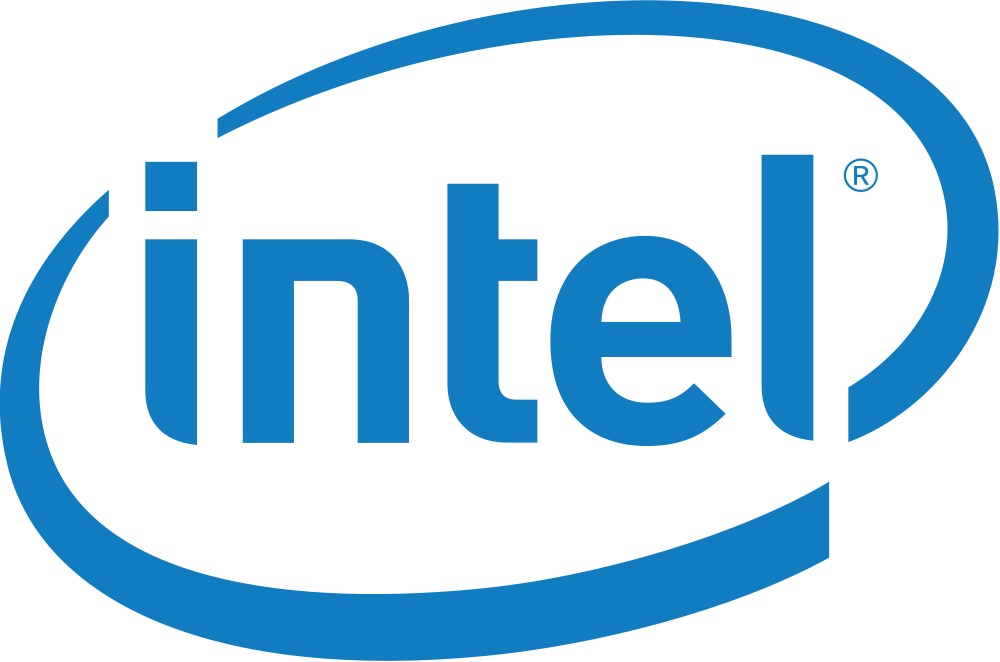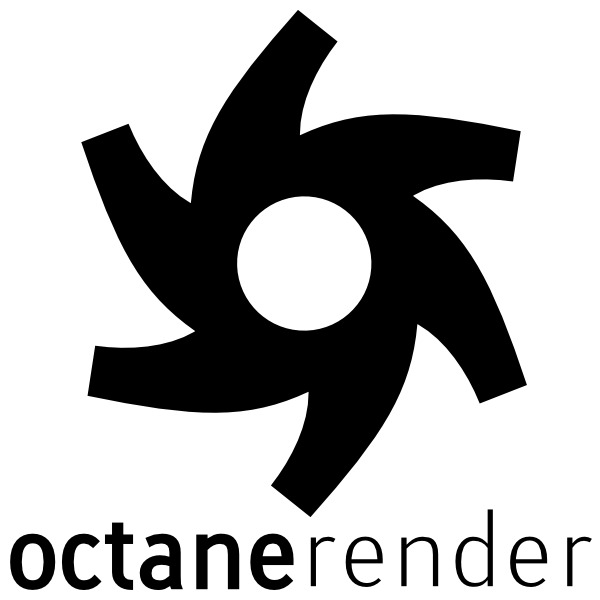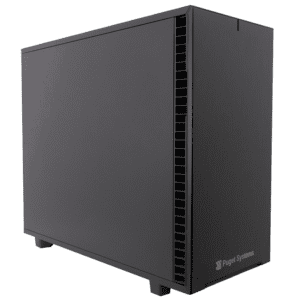Intel just released their 9th Gen Core Series processors, which have both higher clock speed and more cores than the previous mainstream generation. Cinema 4D uses a blend of CPU factors: clock speed is important for modeling, animation, and physics simulation – but core count is king when it comes to rendering. Let’s see how these new chips compare to other options from both Intel and AMD.










